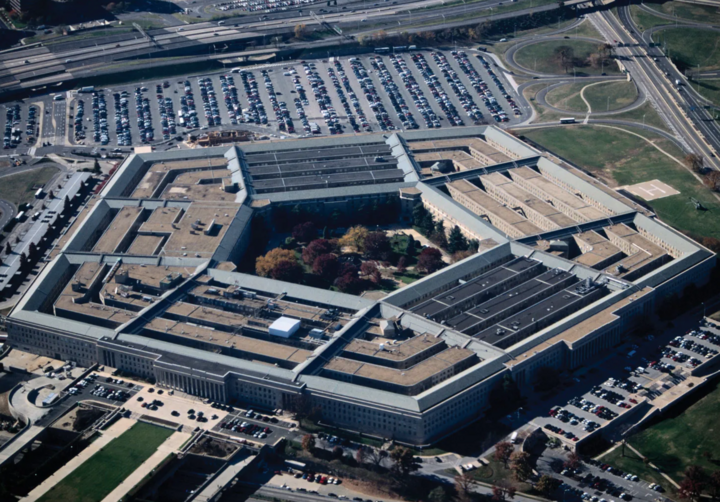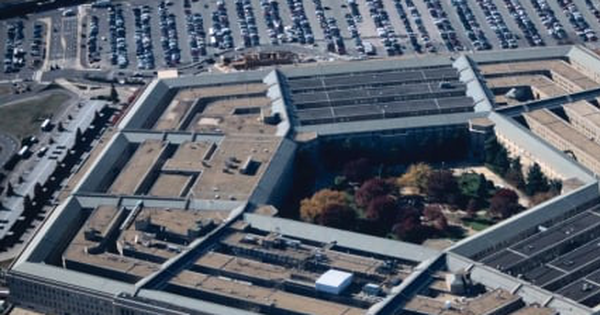US Military Budget for 2025 Approaches $900 Billion?
Posted on Business Today
The United States is proposing a defense budget of around $849.8 billion for the fiscal year 2025, according to Bloomberg. This includes cuts to orders for fifth-generation F-35 fighter jets and Virginia-class submarines by the US Department of Defense.
Cutting these orders reflects Washington’s decision to reduce spending on procurement, research, and development (R&D) compared to previous estimates. This is because President Joe Biden’s administration is seeking to increase defense spending by an additional 1% in fiscal year 2025.

Chính quyền Tổng thống Joe Biden đang tìm cách tăng chi tiêu quốc phòng thêm 1% trong năm tài chính 2025. (Ảnh: Britannica)
According to reliable sources, Washington will request $167.5 billion from the US Congress for weapon systems procurement and $143.2 billion for R&D, aligning with the proposed defense budget for 2025.
This move comes as the US Congress has yet to approve spending measures for fiscal year 2024 and give the green light to additional national security legislation.
Previously, the Pentagon had proposed purchasing 83 new F-35 aircraft, but that number has now been reduced to 70, resulting in savings of $1.6 billion. Similarly, the US Navy’s proposal for Virginia-class submarines will also decrease from 2 to 1, saving over $2 billion in defense spending.
In late 2023, President Joe Biden signed into law the National Defense Authorization Act (NDAA) for 2024, allowing for record-breaking military spending of $886 billion, along with policies such as aid to Ukraine.
The law covers various aspects, including increasing salaries for servicemen, purchasing warships and aircraft, and providing support to foreign partners. This nearly 3,100-page law calls for a 5.2% pay raise for military personnel and an additional 3% increase in the overall defense budget, totaling $886 billion.
With the passage of the new NDAA, President Biden’s administration is expected to invest in enhancing military capabilities to compete with China and Russia, as well as strengthening defense and deterrence in the Indo-Pacific region with allies such as the United Kingdom and Australia.
Read more on Business Today

